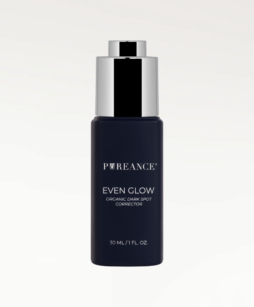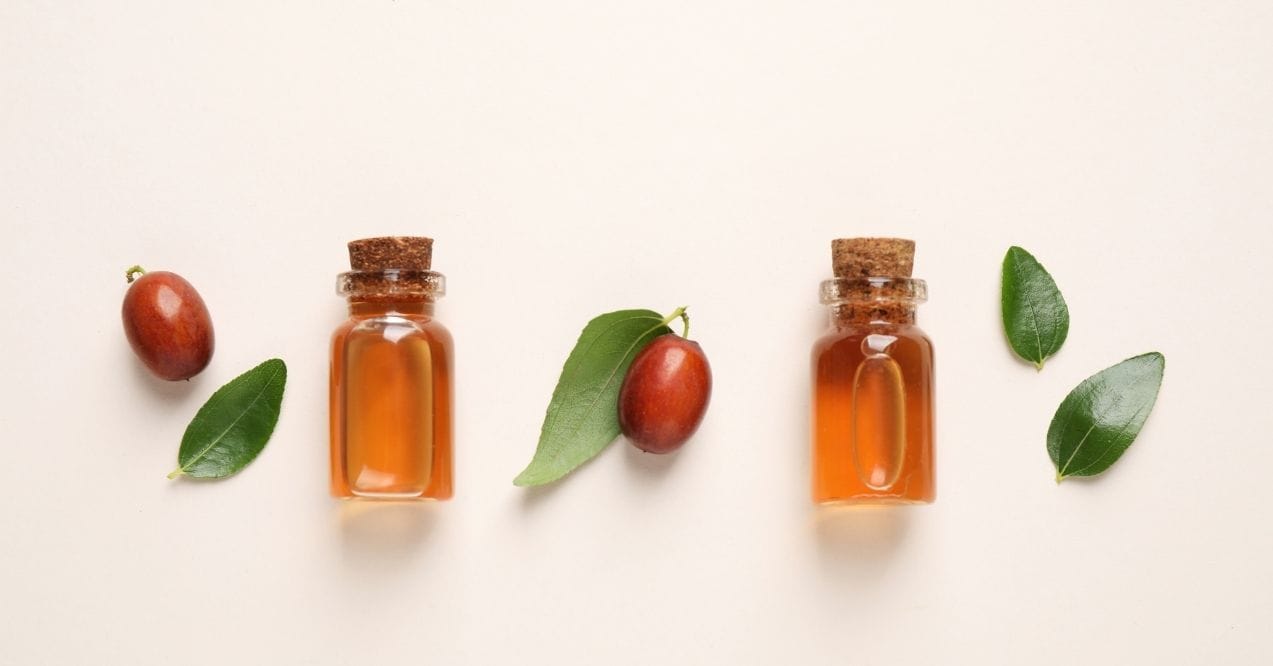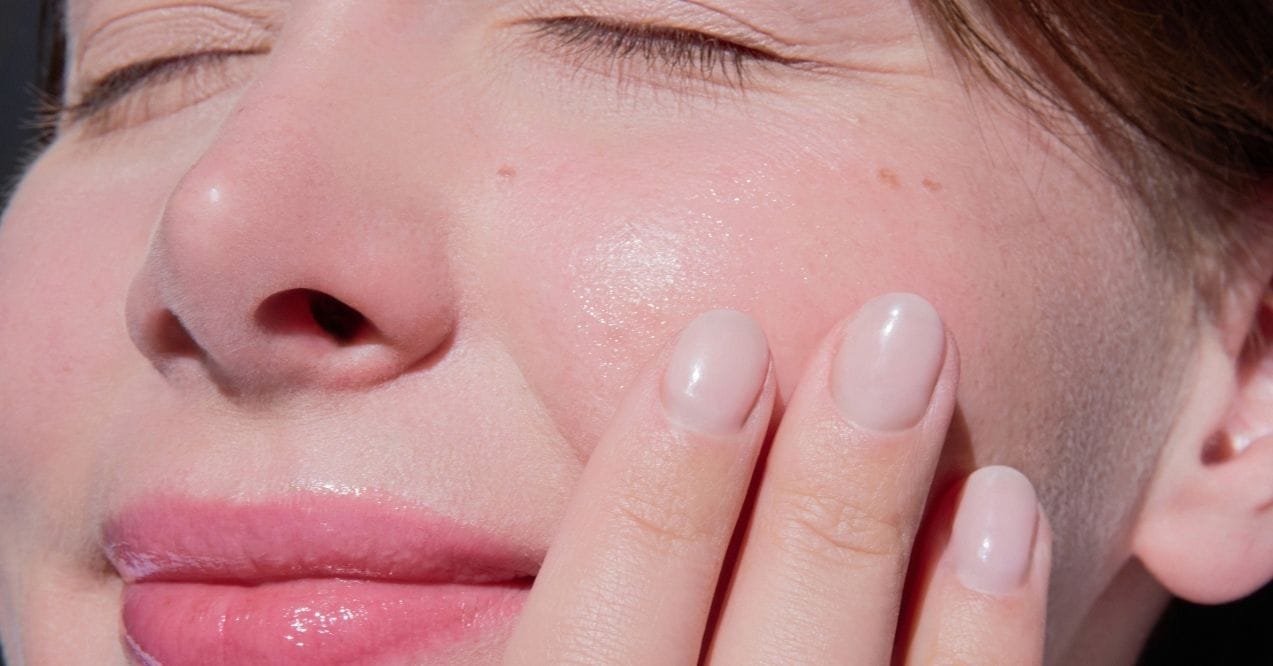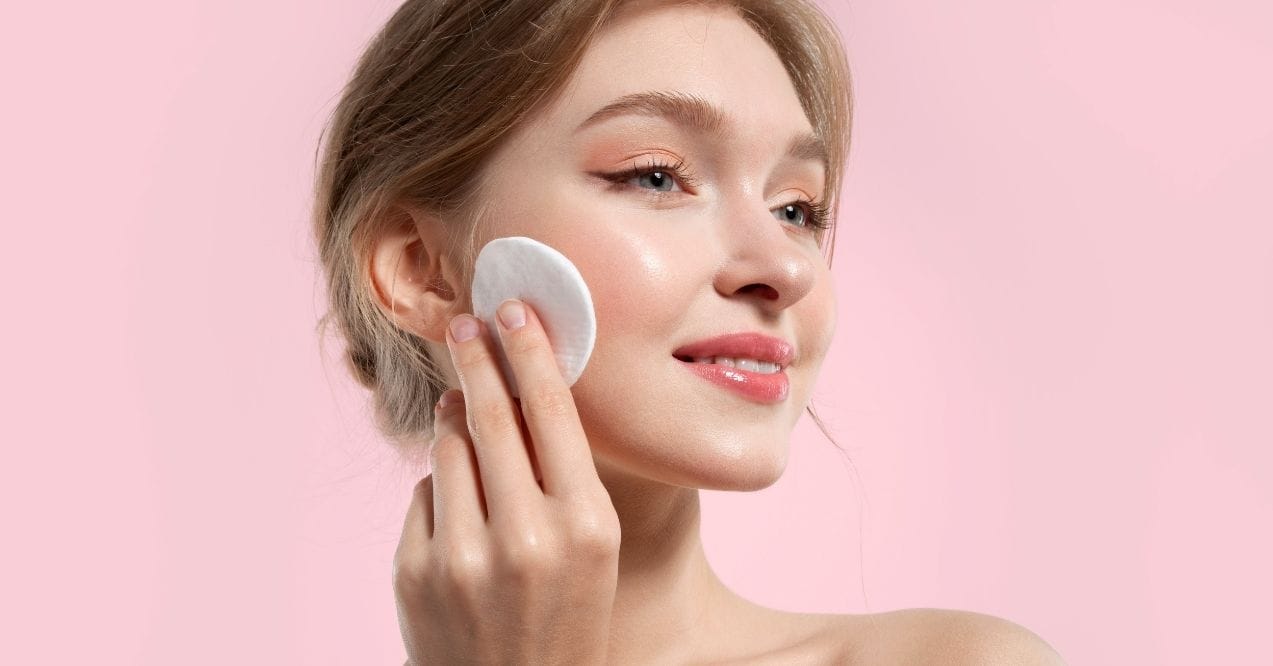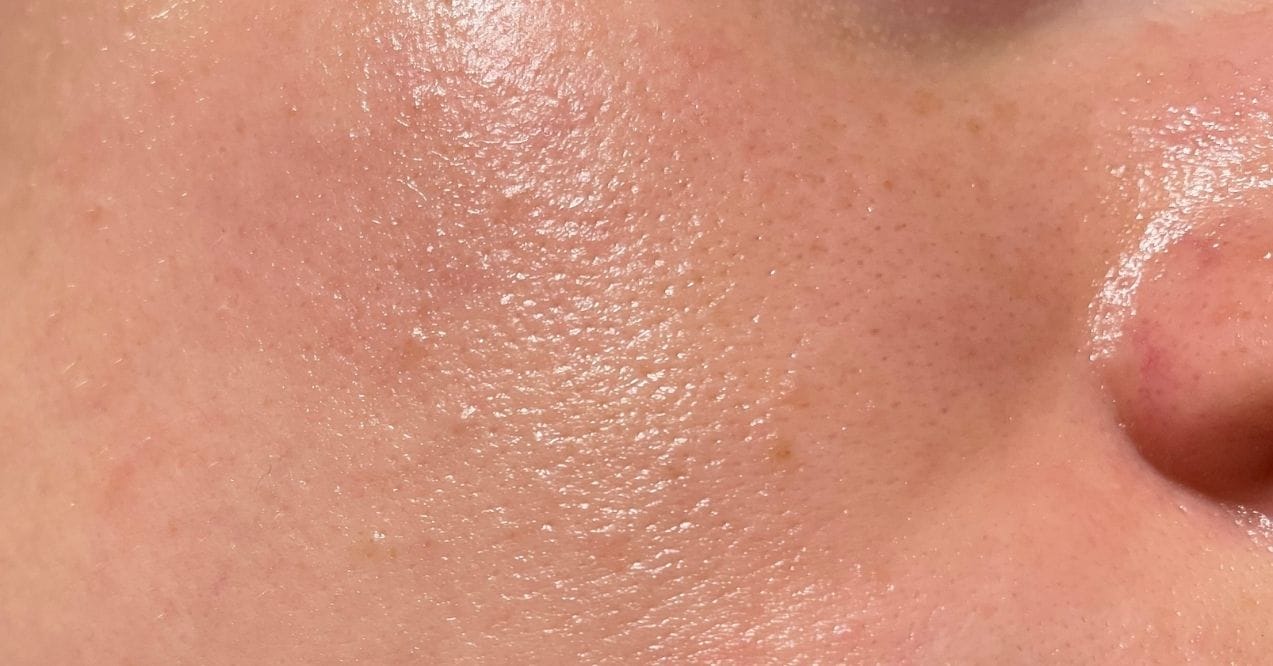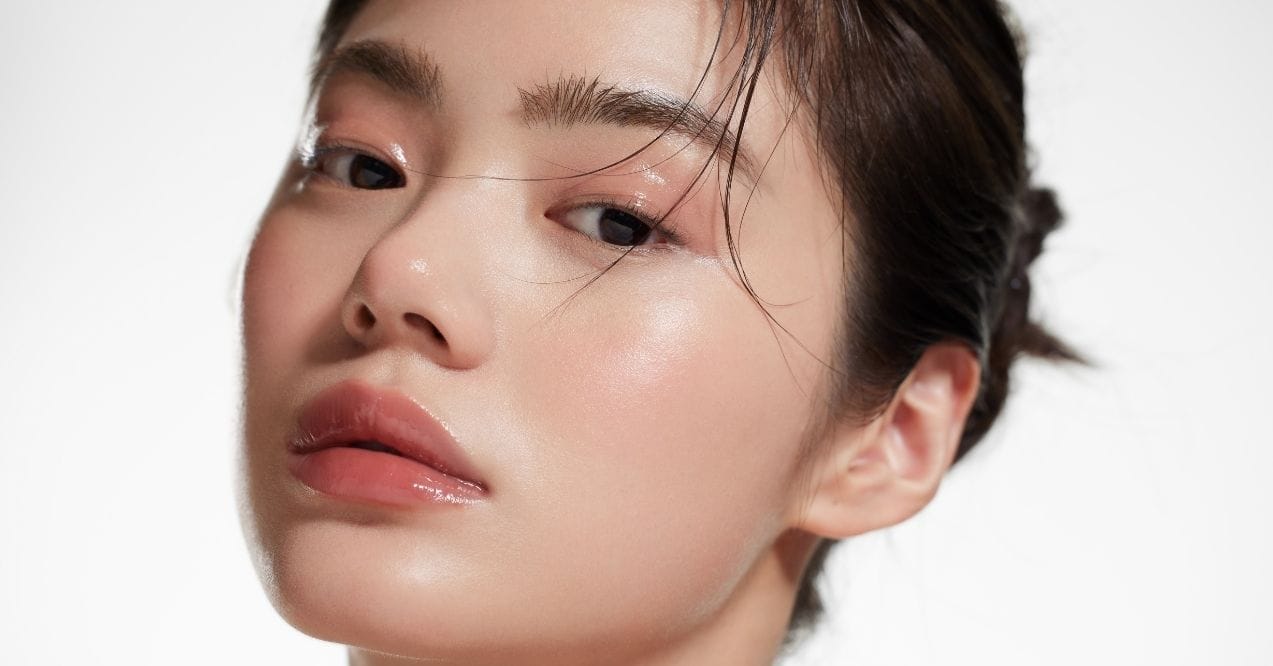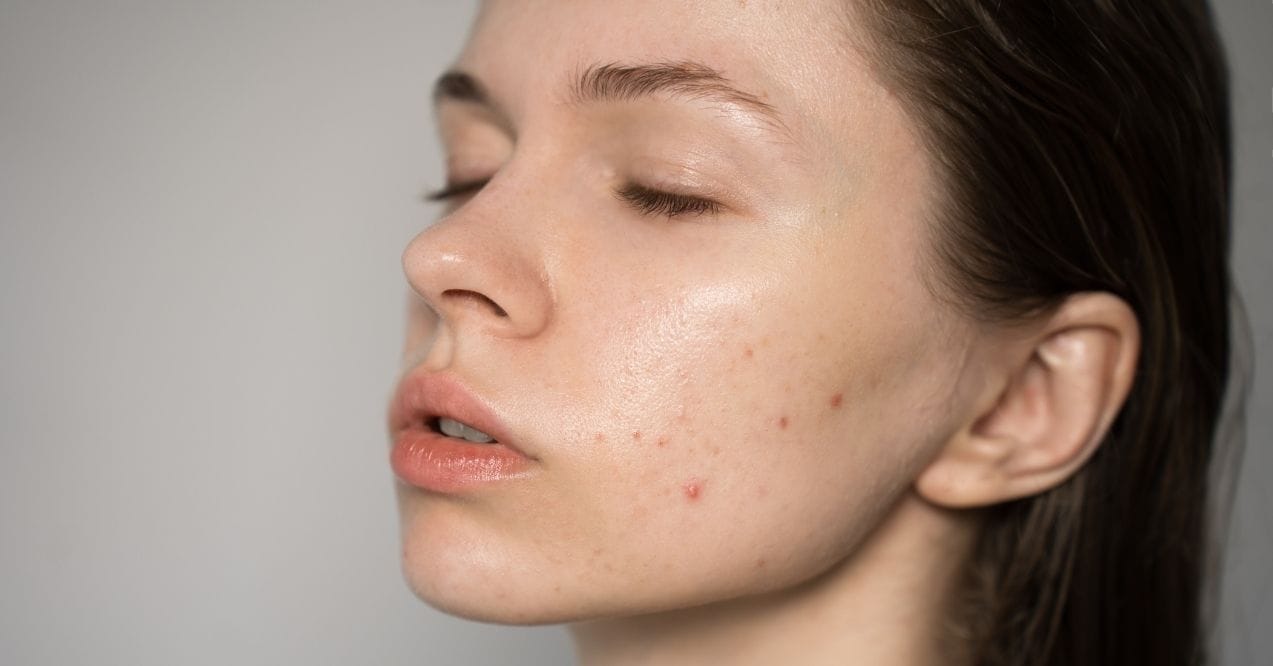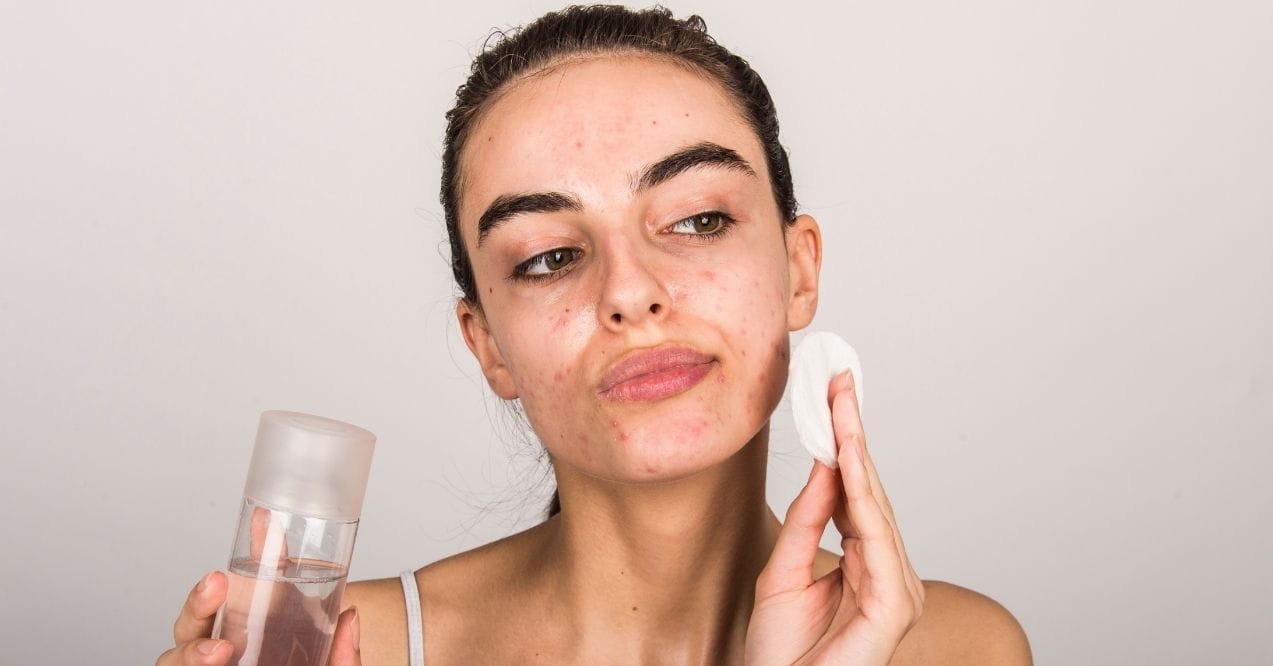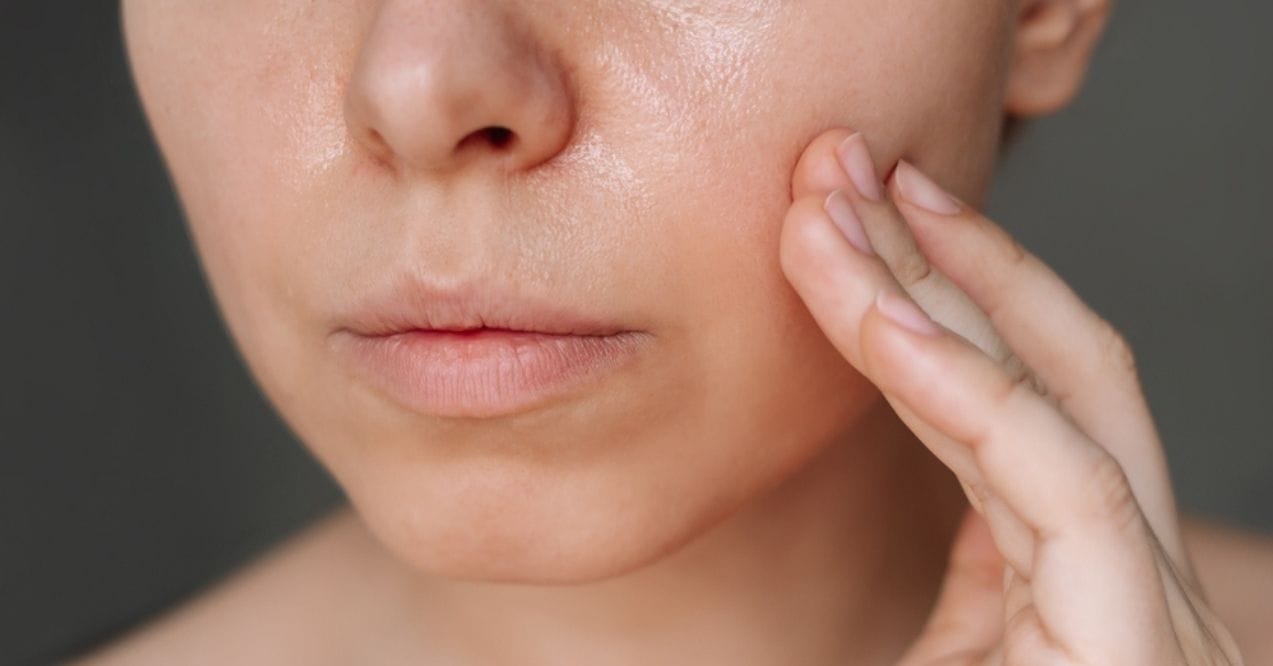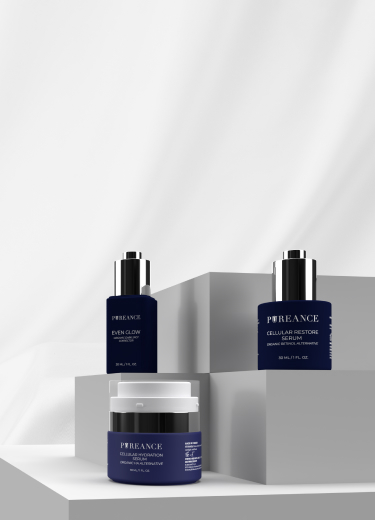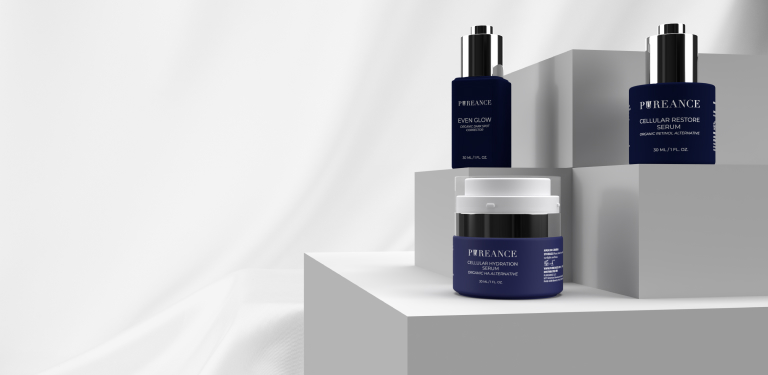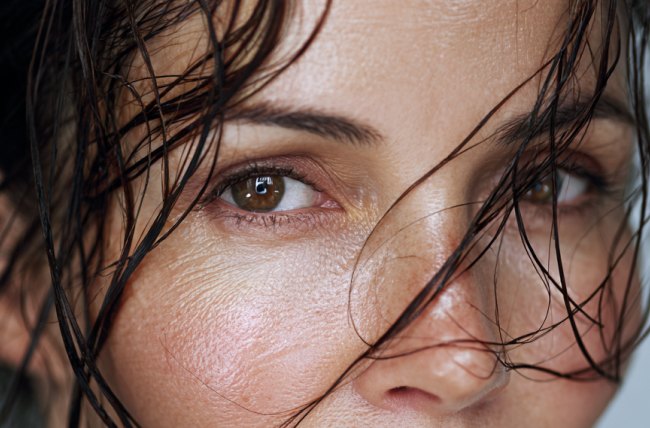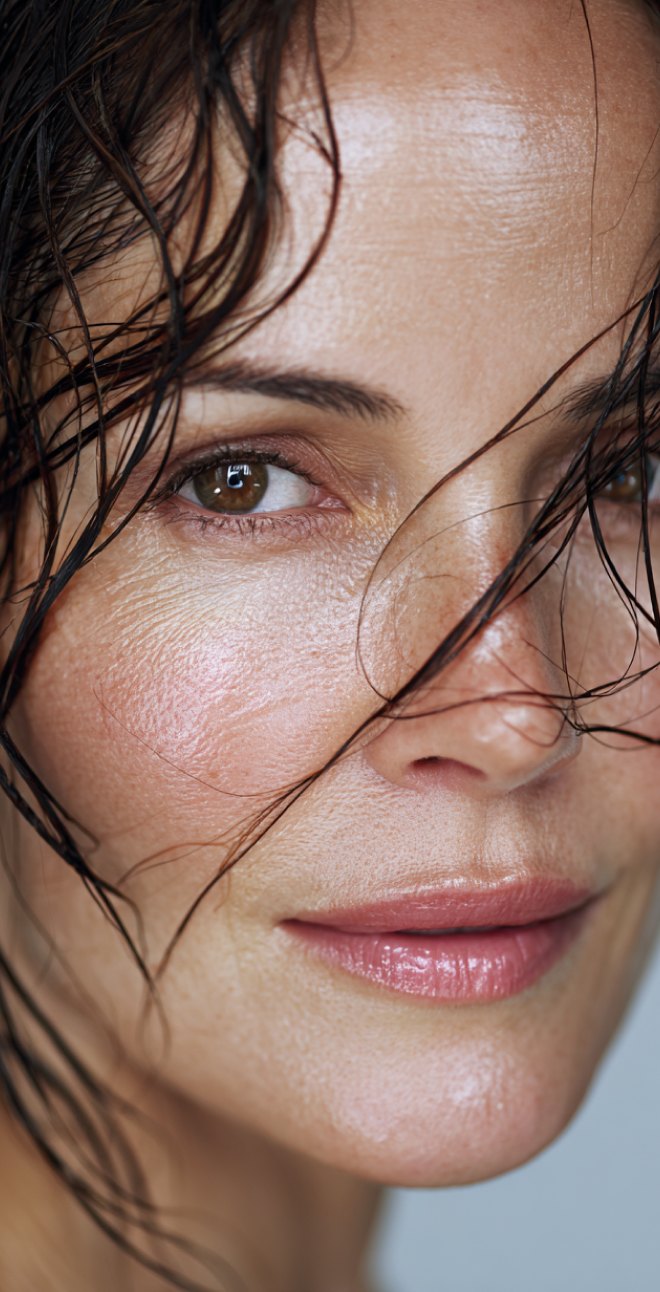


10 Ways on How to Reduce Oily Skin
You know that feeling when you check your reflection at lunch and your face looks like a disco ball? Or when your carefully applied morning makeup has somehow migrated south by 2 PM?
Whether you need a quick fix for an important meeting or want to build a routine that keeps oil at bay long-term, we’ve got you covered. Let’s dive into 10 practical ways to manage oil production that actually work – from morning rituals to evening wind-downs.
Key Article Findings
- Quick blotting papers and mattifying primers offer immediate relief for shiny skin.
- Gentle cleansing twice daily may help balance oil production rather than strip it.
- Lightweight, water-based moisturizers can potentially reduce excess sebum.
- Diet and hydration play a surprising role in how your skin produces oil.
What Causes Oily Skin and Why Does Your Face Get Shiny?
Your sebaceous glands produce sebum – a natural oil that protects and moisturizes your skin. Sometimes, these glands get a bit too enthusiastic about their job.
Several factors can trigger this oil overproduction. Heat and humidity make your glands work overtime, which explains why summer often means shinier skin. Hormonal changes throughout your monthly cycle can also dial up oil production, leaving you reaching for tissues by noon.
Overwashing or using harsh products can actually make things worse. When you strip away too much oil, your skin panics and produces even more to compensate. If you’re wondering about the role of toner in oil control, our guide on What Does Toner Do for Your Face? explains how the right toner can balance your skin without stripping it.
Oily skin tends to show fewer fine lines and maintains a natural glow. The trick is finding that sweet spot between desert-dry and oil-slick.
10 Science-Backed Methods to Control Oily Skin Naturally
1. The Gentle Cleansing Method
The way you wash your face sets the tone for your entire day’s oil production. Reach for lukewarm water – not hot – and a mild, foaming cleanser specifically designed for oily skin types. Work it into a gentle lather for about 30 seconds, focusing on areas that tend to get greasiest.
Pat your skin dry with a clean towel rather than rubbing vigorously. That aggressive towel action can irritate your skin and kick oil production into high gear. Look for cleansers containing ingredients like niacinamide or zinc, which may help regulate sebum production without leaving your face feeling tight.
2. Quick Oil Control
When shine strikes at the worst possible moment, blotting papers become your best friend. These thin sheets work like magic, absorbing excess oil without disturbing your carefully applied makeup. Simply press – don’t rub – the paper against shiny areas for a few seconds.
The T-zone (forehead, nose, and chin) usually needs the most attention. Some blotting papers come infused with powder for extra mattifying power, while others are plain for pure oil absorption. Tuck a pack in your bag, desk drawer, or car for emergency touch-ups throughout the day.
3. Weekly Clay Masks
Clay masks act like vacuum cleaners for your pores, drawing out excess oil and impurities that regular cleansing might miss. Once or twice a week, treat your skin to this deep-cleaning ritual. Apply a thin layer to clean, dry skin, concentrating on areas where oil tends to accumulate.
Kaolin clay works wonderfully for sensitive skin, while bentonite clay offers more intensive oil absorption. Leave the mask on for 10-15 minutes – you’ll feel it tighten as it dries. Rinse with lukewarm water and follow up with a lightweight moisturizer to keep skin balanced.
4. Water-Based Moisturizers
Here’s a truth that might surprise you: skipping moisturizer can actually make your skin oilier. When skin feels dry, it compensates by producing more oil. The key to prevent oily skin from overcompensating is choosing the right type of moisturizer.
Water-based, gel, or gel-cream formulas provide hydration without the heaviness of traditional creams. Look for labels that say “oil-free” and “non-comedogenic” – these won’t clog your pores. Apply to slightly damp skin right after cleansing for maximum absorption and minimal shine.
5. Salicylic Acid
Salicylic acid dives deep into pores to dissolve oil and dead skin cells that can lead to congestion. Start with a product containing 0.5-2% salicylic acid, using it every other evening to let your skin adjust. This beta-hydroxy acid (BHA) is oil-soluble, meaning it can penetrate through sebum to work its magic.
For those who prefer minimal routines, Skinimalism shows how to streamline your regimen while maintaining effectiveness. You might notice improvements in skin texture and oil control within a week, though full benefits typically appear after 4-6 weeks of consistent use.
6. Diet Changes That Help Reduce Oily Skin
What lands on your plate can show up on your face. Dairy products might also contribute to excess sebum in some people, though everyone’s triggers differ.
Focus on incorporating omega-3 rich foods like salmon, walnuts, and flaxseeds into your meals. These healthy fats may help regulate oil production from the inside out. Load up on colorful vegetables, lean proteins, and whole grains to support overall skin health.
Don’t forget about hydration – drinking plenty of water helps your skin function optimally. When you’re well-hydrated, your skin doesn’t need to overcompensate with extra oil production.
7. Mattifying Primers
If you’re wondering how to get rid of greasy skin that ruins your makeup by midday, mattifying primers are game-changers. These silky formulas create a smooth, oil-absorbing barrier between your skin and makeup. Apply a pea-sized amount after moisturizer, focusing on areas that tend to get shiniest first.
Many primers contain ingredients like silica or dimethicone that blur the appearance of pores while controlling oil. Some even include skincare benefits like niacinamide or tea tree extract. Your makeup will not only last longer but look fresher throughout the day.
8. Niacinamide Serums for Long-Term Oil Control
Niacinamide (vitamin B3) has become a superstar ingredient for oily skin, and for good reason. This multitasker may help regulate sebum production while also minimizing the appearance of pores. Apply a few drops of 5-10% niacinamide serum after cleansing but before moisturizing.
Most people see initial improvements within 2-4 weeks, with continued benefits over time. Niacinamide plays well with other ingredients, making it easy to incorporate into your existing routine.
9. The Over-Cleansing Trap
It’s tempting to wash your face every time it feels oily, but this approach backfires spectacularly. Over-cleansing strips your skin’s natural protective barrier, sending oil glands into overdrive. Stick to cleansing twice daily – morning and night – unless you’ve been sweating heavily from exercise.
If midday oil becomes unbearable, use micellar water on a cotton pad for a gentle refresh. Skip the harsh scrubs and alcohol-based toners that promise to “dry out” oily skin. Your goal is balance, not warfare against your skin’s natural processes.
10. Seasonal Skincare
Your skin’s oil production isn’t static – it changes with the seasons. Learning how do you control oily skin means adjusting your routine as weather shifts. Summer’s heat and humidity call for lighter textures and more frequent blotting, while winter’s dry air might require a slightly richer moisturizer.
Natural oils can actually help balance sebum – learn about 7 Jojoba Oil Benefits for Face to understand how certain oils may reduce oily skin rather than worsen it. Jojoba oil closely mimics your skin’s natural sebum, potentially signaling your glands to produce less oil.
Pay attention to how your skin behaves in different conditions and adjust accordingly. What works in July might not be ideal for January.
Building an Effective Oil-Control Skincare Routine
Creating a routine that works is what helps oily skin stay balanced long-term. You don’t need a 10-step process – consistency with the right products matters more than complexity.
Morning
- Gentle foaming cleanser
- Alcohol-free toner (optional)
- Lightweight serum (like niacinamide)
- Oil-free moisturizer with SPF
Evening
- Makeup remover (if needed)
- Same gentle cleanser
- Treatment products (salicylic acid or retinol)
- Night moisturizer (can be slightly richer than morning)
Give each new product at least 4-6 weeks before deciding if it works for you. Your skin needs time to adjust, and immediate results are rare. Take weekly photos to track your progress – you might be surprised by the gradual improvements you’d otherwise miss.
When Professional Skincare Consultation Makes Sense
Sometimes, despite your best efforts, oily skin refuses to cooperate. Professional guidance can help when home care isn’t cutting it. Consider booking a consultation if you notice sudden changes in oil production, develop persistent breakouts, or find that products consistently irritate your skin.
Skincare professionals can recommend targeted treatments like chemical peels or LED therapy that go beyond what’s available over the counter. They might also identify underlying factors contributing to excess oil that you hadn’t considered. There’s no shame in seeking expert help – think of it as investing in your skin’s long-term health.
Your Path to Balanced, Healthy-Looking Skin
Managing oily skin isn’t about achieving a completely matte finish 24/7 – it’s about finding balance. The 10 methods we’ve explored offer a toolbox of solutions, from quick fixes like blotting papers to long-term strategies like dietary changes. Start with the basics: gentle cleansing, appropriate moisturizing, and sun protection.
Add targeted treatments gradually, paying attention to how your skin responds. What works for your friend might not work for you, and that’s perfectly normal. Be patient with the process – meaningful changes in oil production typically take 4-6 weeks of consistent care.
With the right approach and realistic expectations, you can achieve skin that looks fresh and balanced throughout the day. No more midday mirror shocks or makeup meltdowns – just healthy, happy skin that behaves itself.
Quick fixes like blotting papers work immediately. Long-term oil reduction typically takes 4-6 weeks of consistent skincare routine adjustments.
No, some facial oils like jojoba may actually help balance sebum production by signaling skin to produce less oil.
Dehydrated skin often overproduces oil to compensate. Regular moisturizing helps maintain balance and may reduce excess sebum.
Heavy, pore-clogging makeup may worsen oiliness. Choose non-comedogenic, oil-free formulas and always remove makeup before bed.
Proper hydration supports overall skin health and may help regulate oil production, though it’s not a standalone solution.
This site offers health, wellness, fitness and nutritional information and is designed for educational purposes only. You should not rely on this information as a substitute for, nor does it replace, professional medical advice, diagnosis, or treatment. If you have any concerns or questions about your health, you should always consult with a physician or other health-care professional. Do not disregard, avoid or delay obtaining medical or health related advice from your health-care professional because of something you may have read on this site. The use of any information provided on this site is solely at your own risk.
Nothing stated or posted on this site or available through any services are intended to be, and must not be taken to be, the practice of medical or counseling care. For purposes of this agreement, the practice of medicine and counseling includes, without limitation, psychiatry, psychology, psychotherapy, or providing health care treatment, instructions, diagnosis, prognosis or advice.
